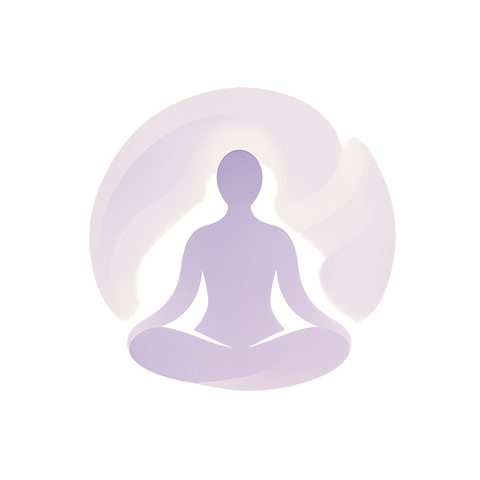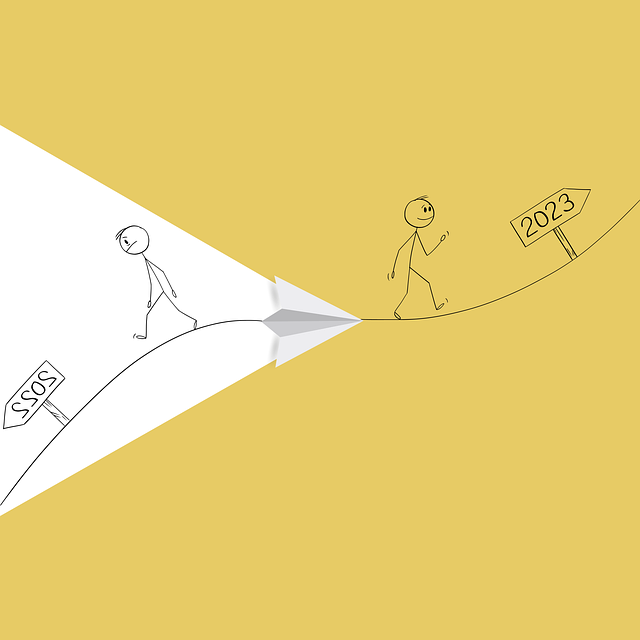Embarking on a path toward inner beauty and mental growth begins with a simple yet powerful decision: to leave the comfort zone. In the same way a gardener clears the weeds before a new sapling can flourish, we must gently push ourselves beyond familiar boundaries to nurture the deeper parts of our soul and mind.
Understanding the Comfort Zone
Our comfort zone is a psychological buffer that shields us from uncertainty. It comprises habits, routines, and social circles that feel safe but can also stifle personal evolution. When we repeatedly choose the familiar, the brain rewires itself to resist change, making it harder to embrace new experiences that could enrich our self‑education and spiritual awareness.
The Psychological Impact of Stagnation
Staying within a narrow range of activities can lead to decreased dopamine levels, reducing motivation and creativity. Over time, this may manifest as mental fatigue, irritability, or a sense of being “stuck.” By contrast, stepping outside our usual patterns stimulates neuroplasticity, encouraging new connections that enhance emotional resilience.
“The mind that is content with the familiar may find comfort, but it also limits the breadth of its potential.”
Spiritual Awakening Through New Experiences
Leaving the comfort zone is a catalyst for spiritual growth. When we expose ourselves to diverse cultures, philosophies, or practices, we confront different perspectives on existence, purpose, and the nature of the soul. This confrontation invites introspection, allowing us to refine our beliefs and align them more closely with our authentic selves.
- Exploring meditation practices outside one’s usual tradition can deepen inner silence.
- Engaging in community service introduces humility and gratitude.
- Reading spiritual texts from different faiths expands empathy and reduces prejudice.
Practical Ways to Cultivate Spiritual Curiosity
Begin with small, intentional steps:
- Attend a workshop or lecture on a topic you know little about.
- Visit a place of worship or cultural center that differs from your own.
- Practice a new form of meditation or breathwork for at least ten minutes each day.
Each action serves as a doorway to fresh insights, reinforcing the idea that growth thrives on challenge.
Self‑Education as a Continuous Journey
Leaving the comfort zone compels us to seek knowledge beyond the surface. When we allow curiosity to guide us, learning becomes less about accumulation and more about transformation. This mindset shift turns every book, article, or conversation into an opportunity to reshape our inner landscape.
Key principles of effective self‑education include:
- Active listening—focus on understanding rather than replying.
- Questioning assumptions—challenging what we accept as truth.
- Reflective journaling—writing daily to track emotional and cognitive patterns.
Balancing Knowledge and Experience
Reading provides theories; doing applies them. Pairing study with practice anchors abstract concepts in lived reality. For instance, learning about healthy skincare routines is only as useful as the act of applying those routines consistently. Similarly, understanding mindfulness techniques is enriched when we practice them in varied settings—quiet solitude, bustling markets, or during a commute.
Inner Beauty: A Reflection of Mental Health
Beauty is often superficially judged by appearance, but true inner beauty emerges from emotional well‑being and self‑acceptance. When we nurture mental health—by setting boundaries, managing stress, and fostering positive self‑talk—our outward expression naturally reflects confidence and grace.
“The most radiant glow comes from the calm and contented mind.”
Mindful Skin Care as a Ritual
Integrating mindfulness into skin care transforms a routine act into a self‑loving ritual. Start by noticing the textures, aromas, and sensations of each product. Breathing slowly while cleansing allows the body to synchronize with the mind, reducing tension that often manifests as skin issues.
- Use gentle, natural cleansers that respect the skin’s barrier.
- Apply antioxidants in the morning to protect against environmental stressors.
- Incorporate a nightly serum rich in hyaluronic acid to hydrate and soothe.
- End with a calming facial massage, focusing on the jawline and temples to release built‑up tension.
Practical Strategies for Leaving the Comfort Zone
Adopting a structured yet flexible approach ensures sustainable progress:
- Set a specific, measurable goal—e.g., read one book on a foreign culture each month.
- Schedule “challenge hours” weekly, dedicating time to activities outside your routine.
- Track emotions and insights in a journal to observe patterns and growth.
- Seek accountability by sharing objectives with a trusted friend or mentor.
Embracing Failure as Feedback
Not every new endeavor will yield instant success. The fear of failure often keeps us rooted in comfort. However, each setback offers valuable feedback. By reframing mistakes as lessons—examining what went wrong, what can be adjusted, and how to apply the insight—you transform obstacles into stepping stones.
Integrating All Elements into Daily Life
Leaving the comfort zone is not a one‑off event but an ongoing practice. Embed the following micro‑rituals into your day to weave growth into the fabric of your routine:
- Morning reflection: spend five minutes setting a micro‑goal for the day.
- Mid‑day pause: practice a two‑minute breathing exercise to reset focus.
- Evening review: journal about one moment that challenged you and what you learned.
- Weekly reset: choose one new skill or hobby to explore.
These small, consistent actions accumulate over time, gradually expanding your sphere of influence and deepening your inner beauty.
The Long‑Term Payoff of Continuous Growth
As you persistently leave the comfort zone, several profound benefits emerge:
- Enhanced mental resilience, allowing you to navigate stress with equanimity.
- Greater self‑awareness, leading to intentional choices aligned with values.
- Broader empathy, as exposure to diverse perspectives reduces bias.
- Radiant inner beauty, reflected in confidence, authenticity, and emotional warmth.
Ultimately, the journey to inner beauty and mental growth is a living dialogue between the soul, the mind, and the world—a dialogue that thrives when we choose to step beyond what feels safe and explore what feels true.
Leaving the comfort zone is a courageous invitation to self‑discovery, a call to honor the evolving nature of the human spirit. By embracing change, cultivating curiosity, and nurturing both inner and outer well‑being, we unlock a life rich with depth, purpose, and authentic beauty. The transformation begins not with grand gestures but with the willingness to say, “I’m ready for the next chapter,” and to act upon it, one mindful step at a time.



